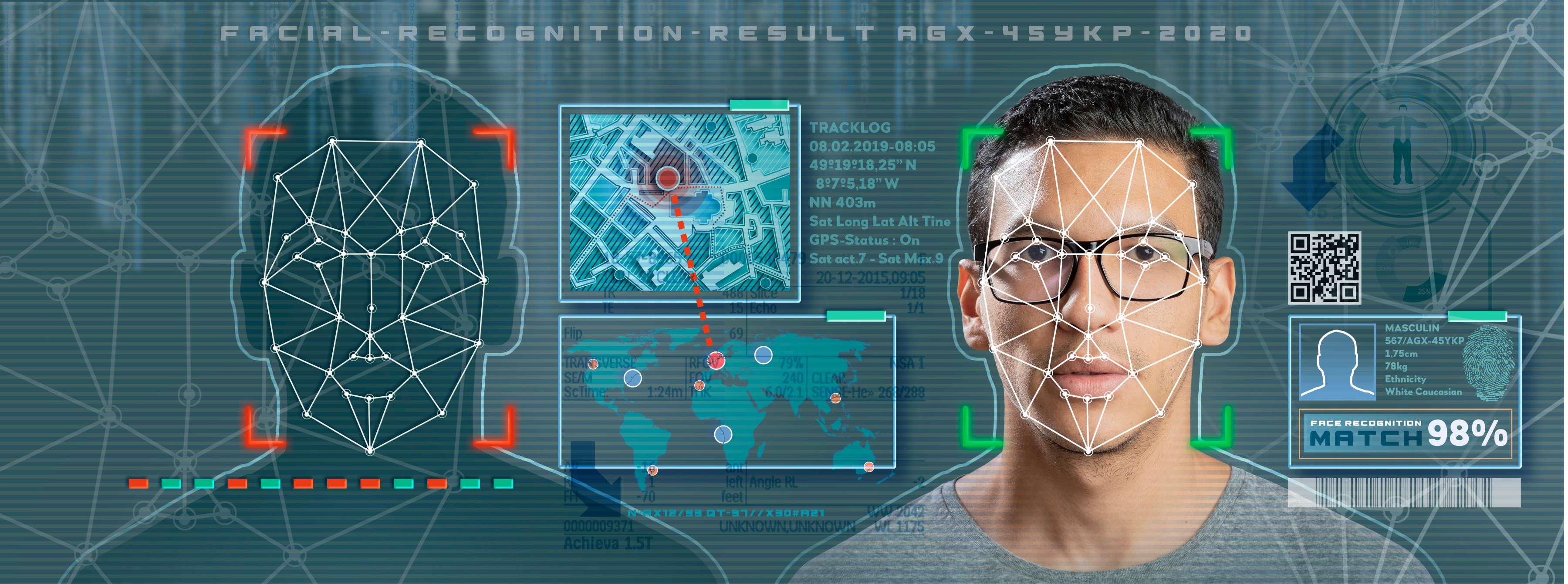In the realm of technological advancements, facial recognition technology (FRT) has emerged as a powerful tool with the potential to revolutionize various sectors. From enhancing security measures to simplifying everyday tasks, its applications seem limitless; however, as this technology becomes more pervasive, it brings forth a host of ethical dilemmas that demand careful consideration.
Facial recognition, in its essence, involves the automated identification and verification of individuals based on their facial features. While its potential benefits are undeniable, the ethical concerns surrounding its implementation are equally significant.
One of the primary ethical dilemmas associated with facial recognition is the issue of privacy. The widespread use of this technology raises questions about the protection of personal data and the potential for unwarranted surveillance. In public spaces, where cameras equipped with facial recognition capabilities are becoming increasingly common, individuals may feel exposed and monitored without their explicit consent.
Consider the scenario of walking through a city center where cameras equipped with FRT capture and analyze every passerby. The constant surveillance raises concerns about the erosion of privacy, prompting a critical examination of the balance between security and personal freedoms.
FRT has been criticized for its potential to perpetuate bias and discrimination. The algorithms used in these systems are trained on datasets that may not be representative of diverse populations, leading to inherent biases. This bias can result in misidentifications, especially among individuals from minority groups, exacerbating existing inequalities within society.
For instance, studies have shown that facial recognition systems may be less accurate in identifying individuals with darker skin tones or those from non-Western ethnic backgrounds. This raises serious questions about the fairness and inclusivity of a technology that, if deployed without addressing these biases, could inadvertently contribute to systemic discrimination.
According to an article published by the American Civil Liberties Union (ACLU) in 2021, Nijeer Parks, a Black man living in New Jersey, was arrested in 2019 for a series of crimes he allegedly committed, including assault and weapon possession. The arrest was based on a facial recognition match to a fake identification card used by the suspect; however, Parks had never been to the town where the crimes were committed, nor was he otherwise connected to the case. He spent 10 days in jail and had to pay thousands of dollars in legal fees before the charges were finally dropped.
In 2021, the Washington Post reported another Black man, Robert Williams, was arrested in Detroit, Michigan, for allegedly stealing watches from a local business. Officers from the Detroit Police Department used a facial recognition program to match Williams’ driver’s license photo with the grainy surveillance video captured by the store’s security cameras. Despite Williams’ alibi, and the fact he looked nothing like the actual thief, Williams spent more than 30 hours in custody before he was eventually released.
Although those two examples highlight occasions when facial recognition software identified the wrong person, according to an article published by Review-Journal in 2021, Nelson Ortiz was arrested and later convicted for the murder of Brandon Coristine in Las Vegas, Nevada in 2020. The police used witness accounts of the incident, coupled with FRT, to identify Ortiz as the suspect. The article further mentioned that facial recognition software is becoming increasingly used by law enforcement despite the possibility of misidentification.
These cases illustrate the dangers and benefits of relying on FRT to identify suspects without the proper safeguards and oversights. FRT is prone to errors and biases, especially when dealing with minority groups, and can lead to false arrests and violations of privacy and civil liberties.
Another ethical dilemma lies in the lack of transparency and accountability surrounding facial recognition systems. Many individuals are unaware of when, where, and how their facial data is being collected and utilized. The opacity of these systems creates a challenge in establishing accountability for potential misuse or abuse.
To illustrate, imagine a scenario where a government agency employs FRT for mass surveillance without transparent policies or oversight. The lack of clarity on how the collected data will be used and protected raises concerns about the potential for misuse, infringing on citizens’ rights without adequate safeguards. For instance, according to CNET, China uses FRT to monitor, oppress, and shame its citizens, violating their human rights and privacy. The Chinese government uses the software to target and detain Uyghur Muslims, a persecuted minority group in China. It also uses facial recognition to publicly humiliate people for minor infractions, such as wearing pajamas in public, crossing the street illegally, or having more than two children. These practices create a culture of fear and conformity among the Chinese population, who are constantly under surveillance and scrutiny. Unlike China, the US faces more criticism and resistance from civil rights groups, lawmakers, and activists over the use of facial recognition technology, especially for petty crimes.
As we navigate the intricate landscape of facial recognition ethics, it is crucial to explore potential solutions that address these dilemmas. Striking a balance between technological innovation and ethical considerations requires collaboration among policymakers, technologists, and ethicists.
One promising approach involves the development and implementation of robust regulations and standards governing the use of FRT. Clear guidelines can ensure that its deployment aligns with ethical principles, prioritizing privacy, fairness, and accountability.
Furthermore, fostering transparency in the development and deployment of facial recognition systems is paramount. Companies and organizations must be transparent about their data collection practices, algorithms, and the steps taken to mitigate biases. Open communication and collaboration can help build trust and alleviate concerns surrounding the ethical implications of this technology.
In conclusion, while FRT holds immense potential, its ethical dilemmas cannot be overlooked. Balancing the benefits with the protection of privacy, prevention of bias, and promotion of transparency is essential for harnessing the power of this technology responsibly. As we continue to integrate facial recognition into our daily lives, a thoughtful and ethical approach will pave the way for a future where innovation and societal values coexist harmoniously.




